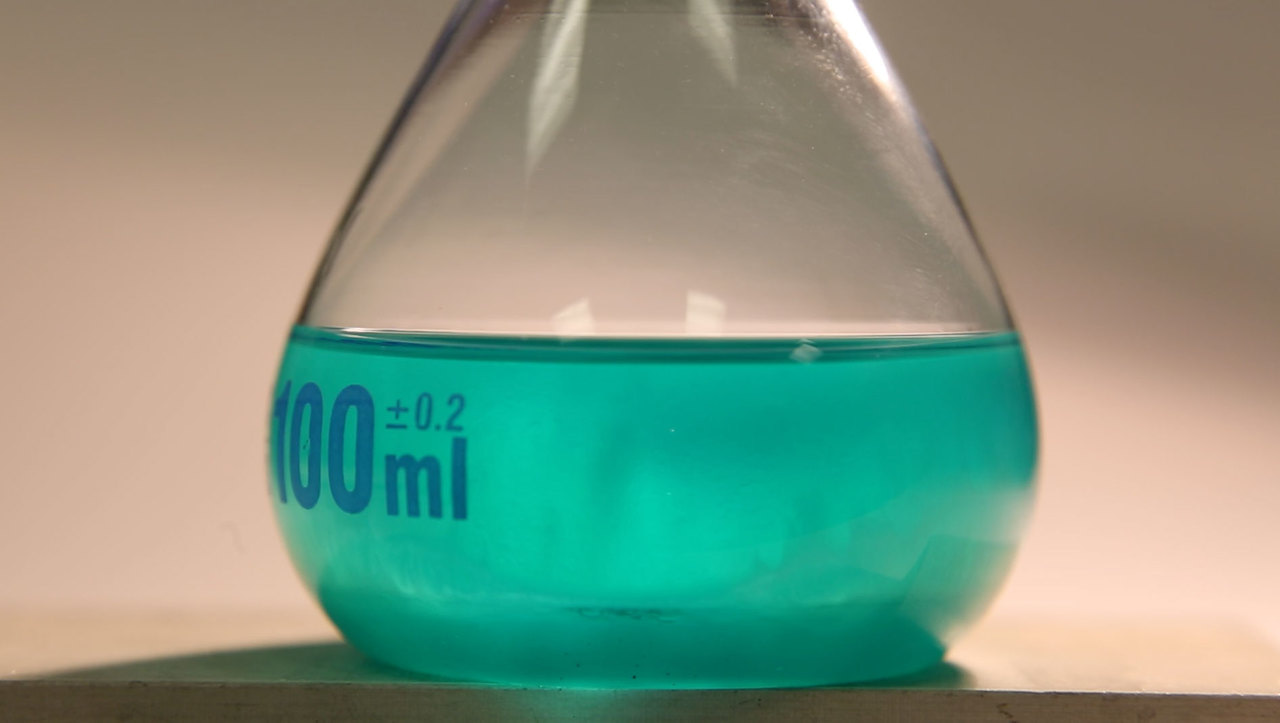Tweezing, phase separation, nucleation: why?
Published in Chemistry

The paper in Nature Chemistry is here: http://go.nature.com/2tgK7x0
A 1997 paper in Science by ten Wolde and Frenkel showed that protein crystallization could be sped up, not by going to the highest possible concentration but by choosing a concentration that is near a liquid-liquid demixing critical point hidden in the metastable region. 1 This idea was picked up by the chemical engineering community who copied figure 1 of this paper and assumed it applied straight to the crystallization of small molecules and referred to it as “oiling out”. 2 In more recent work, this oiling out effect was linked to non-classical theories of nucleation, 3 where the so-called pre-nucleation clusters were thought to be caused by a liquid-liquid phase separation. 4-7 I always thought that this phase separation idea was very interesting and should be investigated in much more detail. However, if it were to apply to small molecule crystallization (as opposed to proteins or colloids), then one should use small molecules. It would also be much more convenient to use a liquid-liquid critical point that was readily accessible rather than hidden below a liquidus. This is how the idea was born to study mixtures of poorly mixing liquids such as nitrobenzene–hexane. 6
On a parallel track, I was intrigued by the non-photochemical laser-induced nucleation (NPLIN) experiments carried out by Garetz and others. 8,9 These publications appeared to show that laser polarization can control which crystal polymorph would nucleate, which was very exciting! Although these results were reproduced by other groups, it remained unclear what physics was responsible for NPLIN.
In 2010, Colin Bain (Durham University) visited our department and we got talking about these experiments and ideas. As Colin gave a departmental seminar on laser tweezing, he suggested that maybe laser tweezing could be used to tweeze out new phases. Over the years, research in the group branched out to include microscopy, which we used to study crystal templating near a liquid-liquid demixing binodal, 6 a polyamorphous liquid-liquid transition in triphenyl phosphite, 10 and a weird liquid-crystalline transition in n-butanol. 11 Finally, we added a tweezing laser to the microscope and were able to carry out a tweezing experiment in a mixture of nitrobenzene and decane. In the mixed region (at temperatures above the liquid-liquid binodal), we could indeed pull nitrobenzene out of the mixture consistent with the theory we had developed in the meantime. Near the metastable region, we could trigger the nucleation of a new phase just as in Garetz’s experiments.
Of course, nobody cares about nitrobenzene and decane mixtures. However, our experiments show that laser tweezing can be used to harness the concentration fluctuations that are inherent to liquid-liquid demixing. The theory described in our paper and our experiments suggest that the effect maximizes near the liquid-liquid critical point. Interestingly, a computer simulation paper by Giancarlo Franzese and co-workers revisiting the role of liquid-liquid demixing in protein crystallization, 12 finds no special advantage to the proximity of the critical point. So, there is a lot of mystery left to investigate.
The paper in Nature Chemistry is here: http://go.nature.com/2tgK7x0
References
1 Tenwolde, P. & Frenkel, D. Enhancement of protein crystal nucleation by critical density fluctuations. Science 277, 1975-1978 (1997).
2 Bonnett, P., Carpenter, K., Dawson, S. & Davey, R. Solution crystallisation via a submerged liquid-liquid phase boundary: oiling out. Chem. Commun., 698-699 (2003).
3 Gebauer, D., Voelkel, A. & Coelfen, H. Stable Prenucleation Calcium Carbonate Clusters. Science 322, 1819-1822 (2008).
4 Davey, R. J., Schroeder, S. L. M. & Ter Horst, J. H. Nucleation of organic crystals--a molecular perspective. Angew. Chem. Int. Ed. 52, 2166-2179 (2013).
5 Gebauer, D., Kellermeier, M., Gale, J. D., Bergström, L. & Cölfen, H. Pre-nucleation clusters as solute precursors in crystallisation. Chem. Soc. Rev. 43, 2348-2371 (2014).
6 Mosses, J., Turton, D. A., Lue, L., Sefcik, J. & Wynne, K. Crystal templating through liquid-liquid phase separation. Chem. Commun. 51, 1139-1142 (2015).
7 De Yoreo, J. J. et al. Crystallization by particle attachment in synthetic, biogenic, and geologic environments. Science 349, aaa6760 (2015).
8 Garetz, B., Aber, J., Goddard, N., Young, R. & Myerson, A. Nonphotochemical, polarization-dependent, laser-induced nucleation in supersaturated aqueous urea solutions. Phys. Rev. Lett. 77, 3475-3476 (1996).
9 Garetz, B., Matic, J. & Myerson, A. Polarization switching of crystal structure in the nonphotochemical light-induced nucleation of supersaturated aqueous glycine solutions. Phys. Rev. Lett. 89, 175501 (2002).
10 Mosses, J., Syme, C. D. & Wynne, K. Order Parameter of the Liquid–Liquid Transition in a Molecular Liquid. J. Phys. Chem. Lett. 6, 38-43 (2015).
11 Syme, C. D. et al. Frustration of crystallisation by a liquid–crystal phase. Sci. Rep. 7, 42439 (2017).
12 Wedekind, J. et al. Optimization of crystal nucleation close to a metastable fluid-fluid phase transition. Sci. Rep. 5, 1-7 (2015).




Please sign in or register for FREE
If you are a registered user on Research Communities by Springer Nature, please sign in